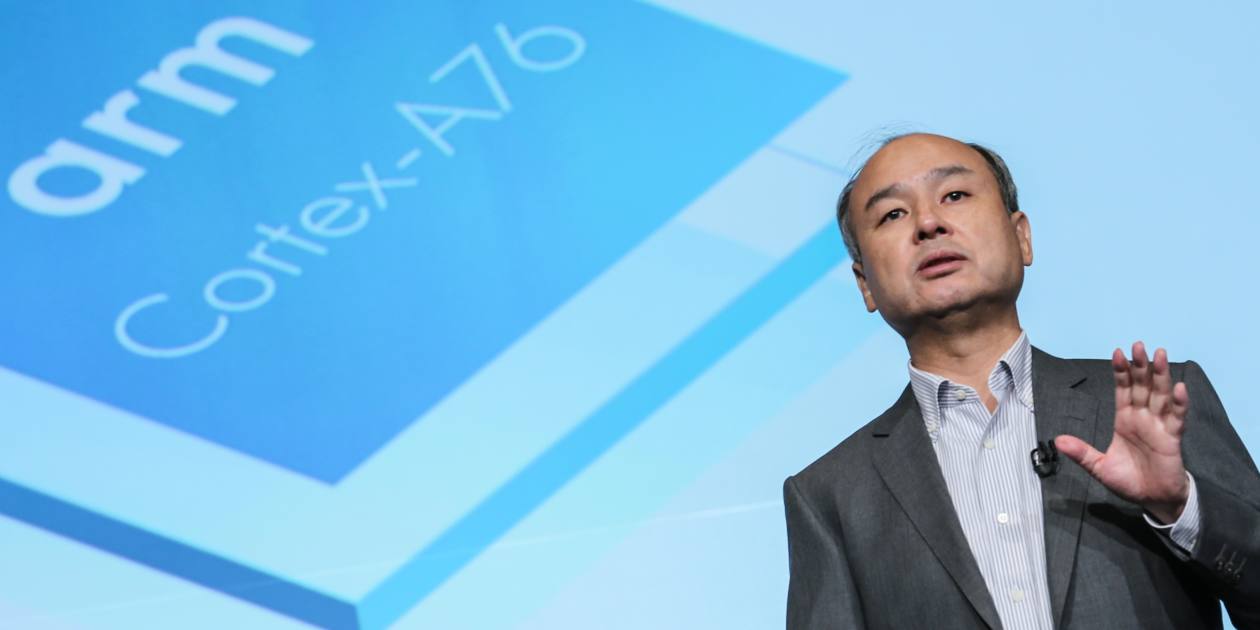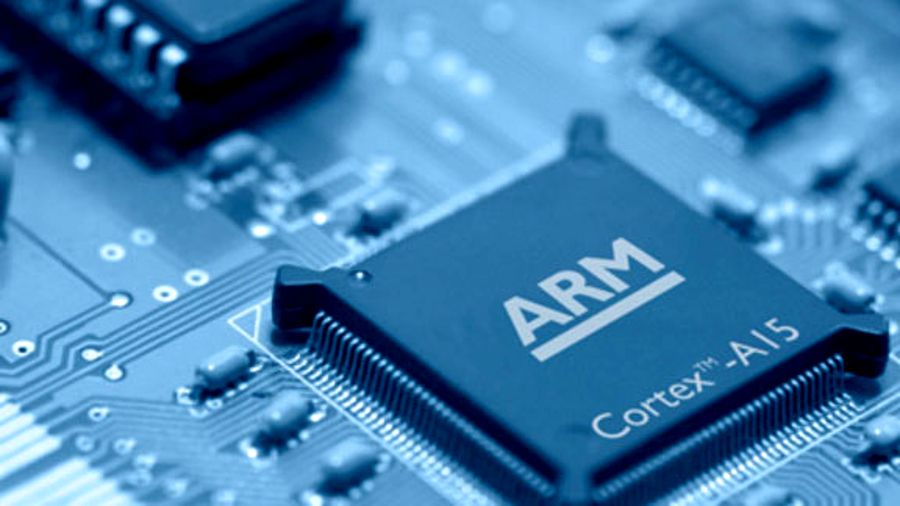Kadve
Member
(can someone please please fix title? misread it as first, "people familiar in the matter was about the amount softbank bought ARM for)
https://www.bloomberg.com/news/arti...oftbank-s-chip-company-arm?srnd=technology-vp
https://www.bloomberg.com/news/arti...oftbank-s-chip-company-arm?srnd=technology-vp
Nvidia Corp. is in advanced talks to acquire Arm Ltd., the chip designer that SoftBank Group Corp. bought for $32 billion four years ago, according to people familiar with the matter.
The two parties aim to reach a deal in the next few weeks, the people said, asking not to be identified because the information is private. Nvidia is the only suitor in concrete discussions with SoftBank, according to the people.
A deal for Arm could be the largest ever in the semiconductor industry, which has been consolidating in recent years as companies seek to diversify and add scale. But any deal with Nvidia, which is a customer of Arm, would likely trigger regulatory scrutiny as well as a wave of opposition from other users.
Cambridge, England-based Arm’s technology underpins chips that are crucial to most modern electronics, including those that dominate the smartphone market, an area in which Nvidia has failed to gain a foothold. Customers including Apple Inc., Qualcomm Inc., Advanced Micro Devices Inc. and Intel Corp., could demand assurances that a new owner would continue providing equal access to Arm’s instruction set. Such concerns resulted in SoftBank, a neutral company, buying Arm the last time it was for sale.
No final decisions have been made, and the negotiations could drag on longer or fall apart, the people said. SoftBank may gauge interest from other suitors if it can’t reach an agreement with Nvidia, the people said. Representatives for Nvidia, SoftBank and Arm declined to comment.
Divestment Drive
“With Nvidia’s low-cost fabless model enabling it to focus on R&D, engineering and programming, the fit with Arm would be perfect,” said Neil Campling, an analyst at Mirabaud Securities.
Nvidia is the largest maker of graphics processors and it’s spreading the use of the gaming component into new areas such as artificial intelligence processing in data centers and self-driving cars. Marrying its own capabilities with central processor units designed by Arm may enable it to take on Intel and Advanced Micro Devices in a more comprehensive way, according to Rosenblatt Securities analyst Hans Mosesmann. He estimates Nvidia would have to pay about $55 billion for Arm.
“You need control of BOTH CPU and GPU roadmaps and this, of course, includes data centers,” he wrote in a note Friday, referring to central processing units and graphic processing units. “Strategically, Nvidia needs a scalable CPU that can be integrated into its GPU roadmap, as is the case with AMD and Intel.”
Billionaire Masayoshi Son has been selling some of SoftBank’s trophy assets as the company seeks to pay down debt at the Japanese conglomerate. SoftBank has offloaded part of its stake in Chinese internet giant Alibaba Group Holding Ltd. and a chunk of its holdings in wireless carrier T-Mobile US Inc.
SoftBank has been exploring options to exit part or all of its stake in Arm through a sale or public stock listing, Bloomberg News has reported. The chip-design company could go public as soon as next year if SoftBank decides to proceed with that option, people with knowledge of the matter have said.
Arm has become more valuable as it pushes its architecture into smart cars, data centers and networking gear. The company could be worth $44 billion if it pursues an initial public offering next year, a valuation that may rise to $68 billion by 2025, according to New Street Research LLP.
Nvidia, based in Santa Clara, California, is the world’s largest graphics chipmaker. The stock has surged more than twenty-fold in the past five years, giving the company more firepower to do large deals. Nvidia’s market value has increased to more than $260 billion in that time, surpassing Intel. The stock was little changed Friday in New York.
Last edited:





